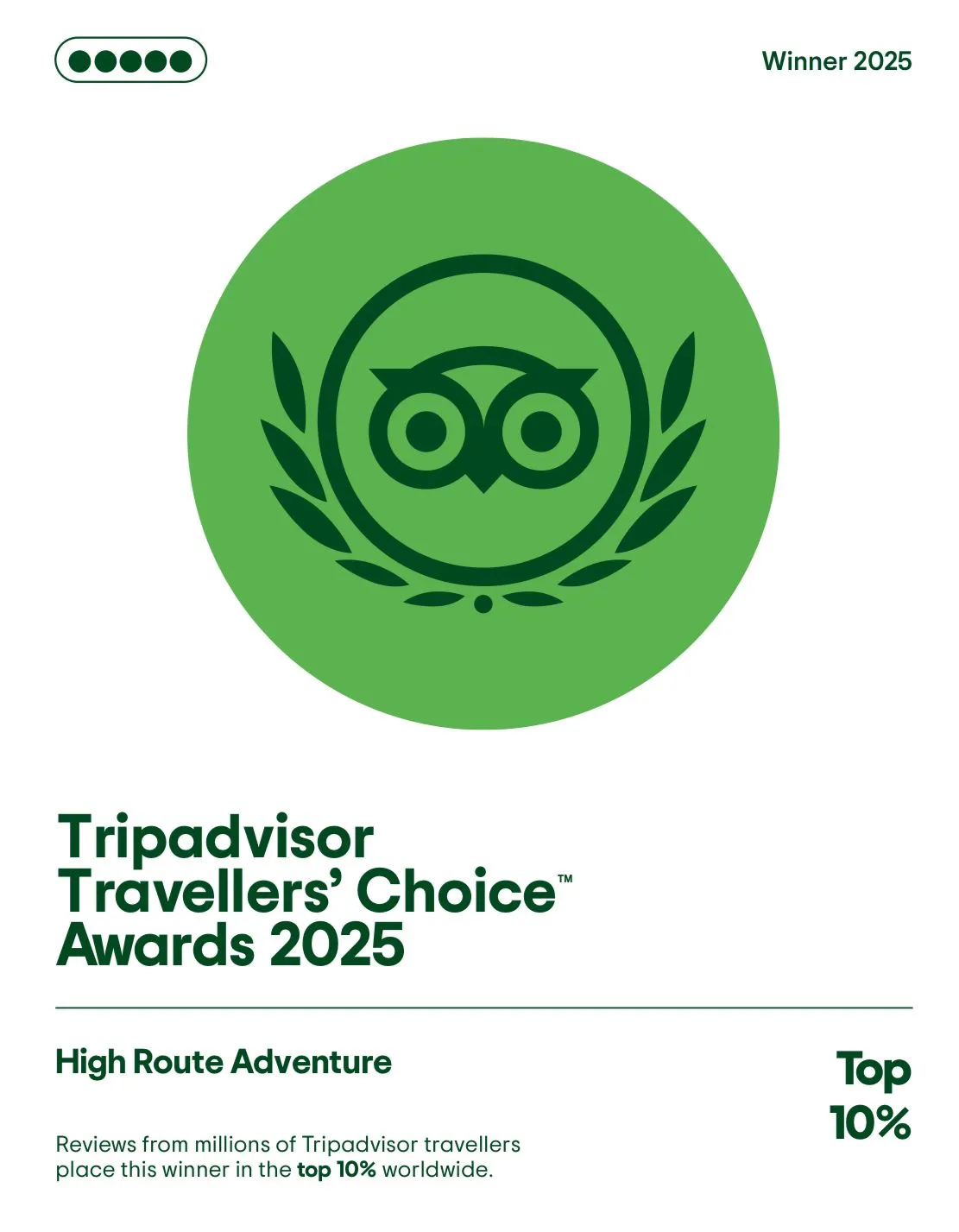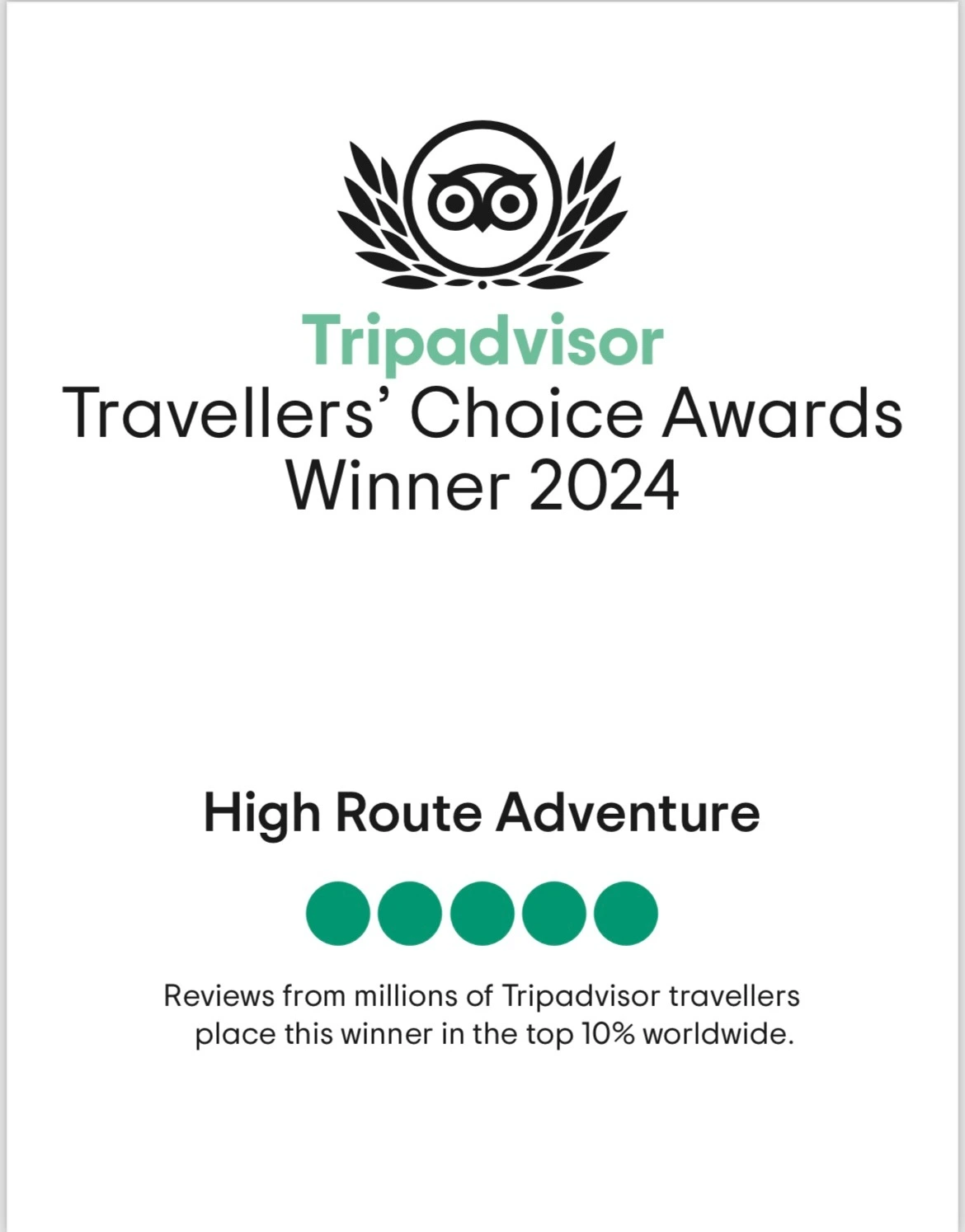Must-Know Tips Before Booking Treks in Nepal

Trekking in Nepal promises exceptional adventure full of breathtaking scenery, cultural encounters, and many more. You can find every kind of trek that is suitable for beginners and experienced trekkers.
While booking and planning a trek, you need to consider various factors in mind. Choosing a trek in Nepal can be tough, especially for first-time trekkers. In order to help you with such difficulties, this blog presents the must-know tips before booking treks in Nepal.
Table of Contents
1. Proper Planning and Preparation
If you’re thinking about trekking in the Himalayas of Nepal, you must be prepared physically and mentally. You’ll be walking along rough terrain at high elevations for several days, carrying at least 5 kg of backpack.
This is why proper planning and preparation is crucial before considering treks in Nepal. Consequently, you’ll have a hassle-free trekking in Nepal with a cherished memory.
When it comes to preparing for trekking physically, it would be best to build up stamina and strength a few months before the trek. In order to do so, you can train by creating a similar situation that matches the Himalayan trek.
Practice by hiking ascent and descent landscape carrying a 5 to 12 kg backpack at least once every week. Working out in the gym can be of great help in enhancing your strength.
Since most of the treks in Nepal take place in high altitudes, you need to consider practicing walking in higher elevations. This is vital because the region in higher altitudes lacks oxygen which makes it difficult for lungs to supply sufficient oxygen to your muscles.
Last but not least, mindset is what determines the success of the trek. Without notable mental preparation, even the easier treks are unsuccessful. That is why you need to be ready to face Himalayan remoteness, unpredictable weather, altitude sickness, and many more
2. Undertaking Treks Based on the Budget
Nepal is a haven for stunning treks depending on different budget ranges. Each treks in the Himalayas cater to adventure and breathtaking scenery for every price range. You can plan on the following list of treks in Nepal for every budget.
Budget-Friendly Treks in Nepal
Mid-Range Budget Treks in Nepal
Luxury Treks in Nepal
- Everest Base Camp Heli Trek
- Luxury Everest Base Camp Trek
- Annapurna Luxury Lodge Trek
- Upper Mustang Trek
3. Be Ready with Extra Cash
It is always best to be prepared with extra cash in hand. There are various hidden costs while trekking in Nepal. Even when you take part in guided treks organized by a trekking agency, you need some extra cash.
For instance, you might want to try different food and drinks that are exclusive to a trekking package. Additionally, you need to have extra cash while tipping to guides and porters. Likewise, some of the trekking packages do not include the cost of transportation.
As a result, all these expenses pile up to a total of USD 500 to USD 1000 while trekking for more than a week. Therefore, while keeping these expenses in your trip cost, carrying extra cash other than the cost of a trekking package is mandatory.
4. Finding and Using ATMs in Nepal
Trekking in the Himalayas is sure to enchant you with its magnificent scenery and exciting encounters along the way. However, in terms of infrastructural development, the trekking trail locations are a bit remote.
As you advance along the trekking routes, you’ll come across hotels and teahouses for your overnight stay and meal purposes. Here, they neither accept online payments nor cards. You need to pay in cash only. So, it’s best to withdraw cash from ATMs.
In regard to ATM accessibility, you can find numerous ATMs in developed cities like Kathmandu and Pokhara. On the other hand, ATMs are not available along the trekking route. For example, you can find ATMs only in Lukla and Namche Bazaar during the trek to Everest Base Camp.
This is why, it is highly recommended to get cash from ATMs in cities like Kathmandu and Pokhara. As for the cash withdrawal limit, $200 is the minimum and $1000 is the maximum for a daily limit. And make sure to keep your cash in different sections of your bag.
5. Getting the Right Travel Insurance
Trekking in the Himalayas is sure to take you to the higher elevations. And in these higher elevations, the weather conditions are unpredictable and can change instantly. On top of that, accidents or casualties are likely to occur in such locations.
Due to this reason, you must have the right travel insurance before visiting Nepal for a trek. Make sure that your travel insurance covers the following aspects:
- high-altitude travel
- trip cancellations
- flight delays
- helicopter evacuation
- theft, robbery, and more
6. Be Prepared with High-Altitude Trekking
When trekking in high altitudes, altitude sickness is pretty common. When sickness is not taken care of properly, it can even lead to death.
This happens because of lower oxygen levels in the higher elevations. As a result, it makes it difficult for your lungs to supply oxygen to your muscles. Therefore, it is always best to be prepared for high-altitude trekking before the trek.
The best way to prepare for high-altitude trekking is by practicing hike in higher elevations. During the trekking journey, it’s always suggested that you have an acclimatization day on your itinerary.
7. The Unpredictable Weather of the Himalayas
The weather and climatic conditions of the Himalayan are unpredictable. It can be pleasant at times and it can get worse in an instant. Mostly the weather is cold and windy in the mountains. So, you always need to be prepared for all conditions.
However, choosing the best time to trek can be helpful. Since spring and autumn are peak trekking seasons in Nepal, trekking during these months is more convenient than in the off-season.
Posted on








